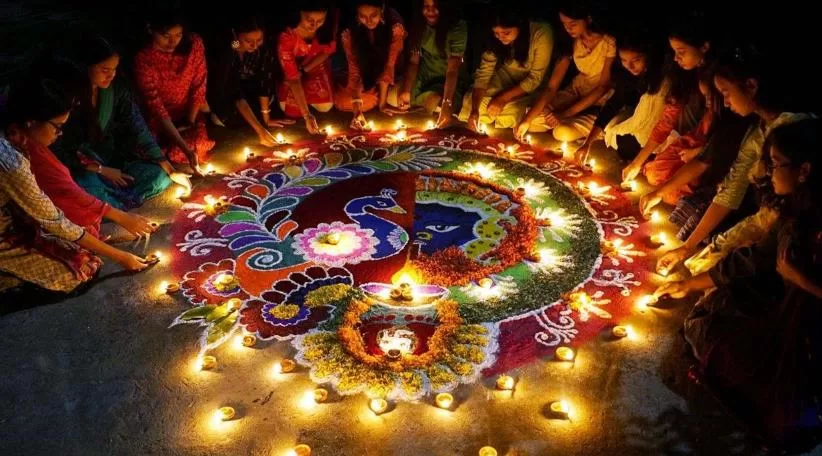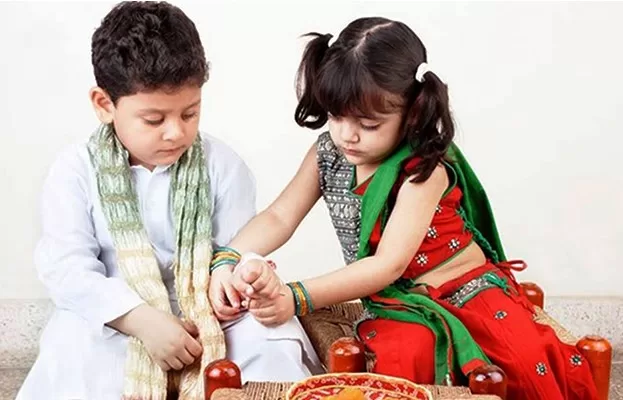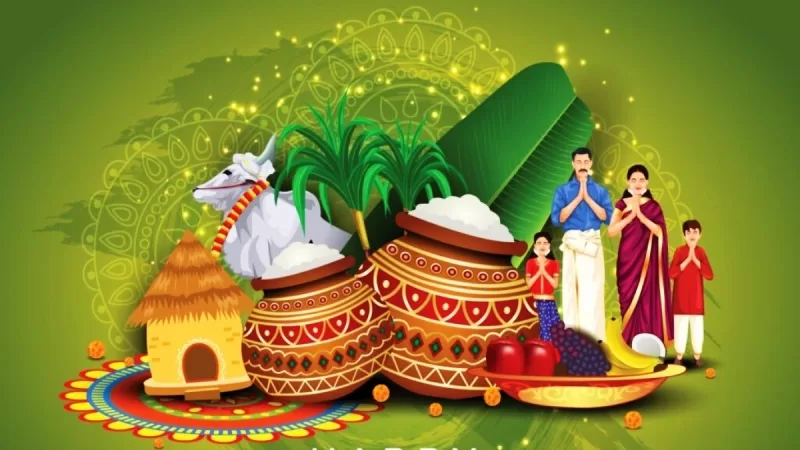
Diwali – The Festival of Lights That Illuminates Hearts
Diwali – The Festival of Lights That Illuminates Hearts
Diwali, also known as Deepavali, is one of the most vibrant and widely celebrated festivals in India. Often called the “Festival of Lights,” Diwali transcends religion, region, and culture, uniting people in joy, color, and celebration.
What is Diwali?
Diwali marks the victory of light over darkness, good over evil, and knowledge over ignorance. The word “Deepavali” comes from Sanskrit—“Deepa” meaning lamp and “avali” meaning row—so it literally translates to a row of lamps.
This festival is typically celebrated over five days, each with its own significance, rituals, and charm.
When is Diwali Celebrated?
Diwali usually falls in October or November, based on the Hindu lunar calendar, on the Amavasya (new moon) of Kartika month. The exact date changes each year but is always associated with the darkest night of the year—symbolizing the need for light and positivity.
The Mythological Significance
Different regions of India associate Diwali with different legends:
North India: Celebrates the return of Lord Rama to Ayodhya after 14 years of exile and his victory over the demon king Ravana.
South India: Honors Lord Krishna’s victory over the demon Narakasura.
West India: Marks the day Lord Vishnu sent demon king Bali to rule the netherworld.
Jainism: Celebrates the nirvana (liberation) of Lord Mahavira.
Sikhism: Commemorates the release of Guru Hargobind Ji from prison.
How is Diwali Celebrated?
1. Cleaning and Decorating Homes
People clean, renovate, and decorate their homes with rangoli, flowers, and earthen lamps (diyas) to welcome positive energy and prosperity.
2. Lighting Diyas and Fireworks
Lighting diyas and candles symbolizes driving away darkness and inviting light into life. Firecrackers add to the joy, though in recent years, eco-friendly celebrations are being promoted.
3. Lakshmi Puja
On the main Diwali night, people perform puja (worship) to Goddess Lakshmi, the goddess of wealth and prosperity, and seek her blessings for the year ahead.
4. Feasting and Sweets
Diwali is incomplete without mouth-watering sweets (mithai) and savories like laddoos, barfis, chakli, and namak pare. Families exchange sweets and gifts as tokens of love and goodwill.
5. New Clothes and Gifts
Wearing new traditional attire and exchanging gifts is another major part of the celebrations.
The Five Days of Diwali
Day 1 – Dhanteras: Buying gold, utensils, and electronics is considered auspicious.
Day 2 – Naraka Chaturdashi (Choti Diwali): Celebrated with early morning oil baths and minor firework displays.
Day 3 – Diwali: Main festival day with Lakshmi Puja, lights, and major celebrations.
Day 4 – Govardhan Puja: Celebrates Lord Krishna’s protection of villagers from torrential rains.
Day 5 – Bhai Dooj: Celebrates the bond between brothers and sisters, similar to Raksha Bandhan.
Diwali Around the World
Diwali is not just limited to India. It’s celebrated with great enthusiasm in Nepal, Sri Lanka, Malaysia, Singapore, Fiji, Mauritius, Trinidad & Tobago, and by the Indian diaspora worldwide.
A Call for Eco-Friendly Celebrations
With increasing awareness about pollution and sustainability, many are now celebrating Green Diwali:
-
Using LED lights and clay diyas
-
Avoiding loud firecrackers
-
Sharing gifts that are handmade or eco-conscious
Diwali is more than a festival—it’s a feeling. A time when hearts light up, relationships are rekindled, and hope shines bright. Whether it’s through the sparkle of a diya, the sweetness of a treat, or the warmth of family gatherings, Diwali reminds us that even in the darkest of times, light will always find a way.
Wishing you and your loved ones a Happy, Safe, and Joyous Diwali!










